-
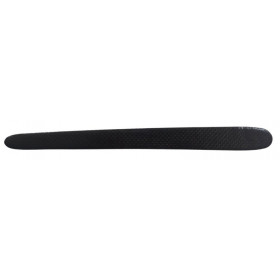 New productFrame protection carbon
New productFrame protection carbon- €1.55
-
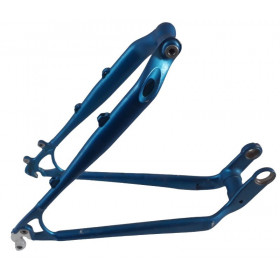 New product UsedMTB full floater Trek Fuel EX5 26 inches
New product UsedMTB full floater Trek Fuel EX5 26 inches- €129.99
-
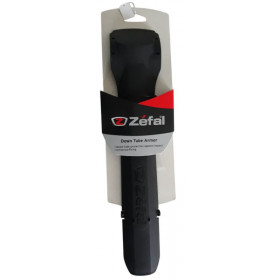 New productZefal mountain bike frame protector
New productZefal mountain bike frame protector- €9.99
-
 New productBike frame protection Lezyne chainstay protector
New productBike frame protection Lezyne chainstay protector- €6.99
-
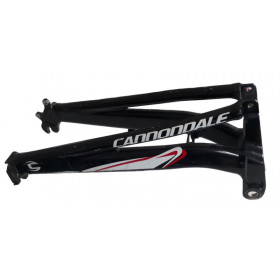 UsedCannondale Jekyll 26" MTB Rear Triangle
UsedCannondale Jekyll 26" MTB Rear Triangle- €129.99
-
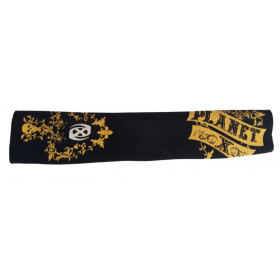 New productPlanet X mountain bike base protection
New productPlanet X mountain bike base protection- €4.49
-
 New productGiant NRS 26 inch swingarm
New productGiant NRS 26 inch swingarm- €69.99
-
 UsedLapierre frame protector
UsedLapierre frame protector- €6.99
-
 UsedScott Spark comp 29 frame size XL
UsedScott Spark comp 29 frame size XL- €149.99
-
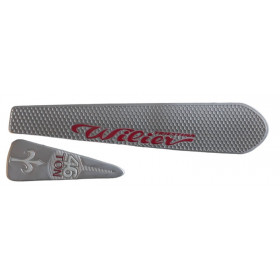 New productWilier frame protectors
New productWilier frame protectors- €4.99
-
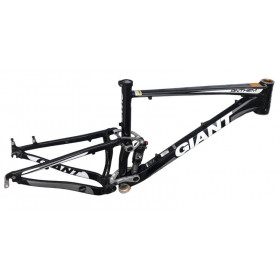 New productGiant Anthem X freeride MTB frame size M
New productGiant Anthem X freeride MTB frame size M- €699.99
-
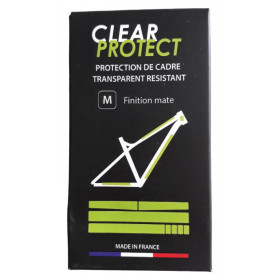 New product -25%Road MTB frame protection
New product -25%Road MTB frame protection- €19.49
- €25.99
-
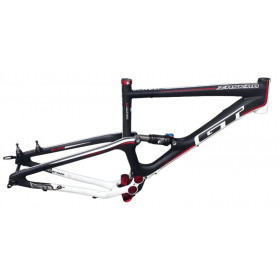 New productCarbon freeride MTB frame GT Zaskar Elite 100 size L
New productCarbon freeride MTB frame GT Zaskar Elite 100 size L- €1,149.99
-
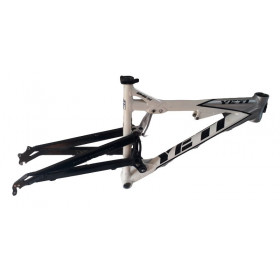 UsedYeti ASX frame size M
UsedYeti ASX frame size M- €129.99
-
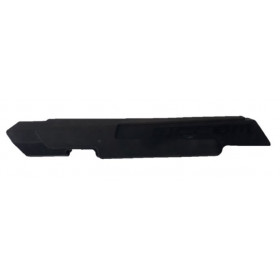 UsedOrbea Occam 29 chain protector
UsedOrbea Occam 29 chain protector- €8.99
-
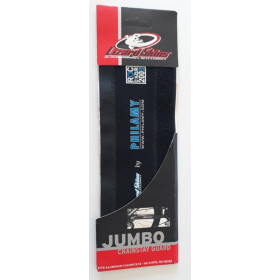 New product -50%Lizard skins Jumbo chainstay guard
New product -50%Lizard skins Jumbo chainstay guard- €5.00
- €9.99
-
 More detailsUsed Out-of-StockLapierre XR 29 inch mountain bike rear triangle
More detailsUsed Out-of-StockLapierre XR 29 inch mountain bike rear triangle- €199.99
Showing 1-17 of 17 item(s)
Function of a MTB full suspension frame:
The MTB full suspension frame plays a vital role in the overall performance of the full suspension MTB frameset. It is designed to provide the robustness necessary to withstand the extreme stresses of freeriding, which includes jumps, technical descents, and varied terrain. Here are the main features and functions of a freeride mountain bike frame:
Main Features of a MTB full suspension frame :
1. Robust construction:
Freeride mountain bike frames are made with sturdy materials such as aluminum or, in some cases, reinforced carbon. This reinforced construction is essential to resist the stresses and impacts encountered during aggressive descents and jumps.
2. Adapted Geometry:
The MTB full suspension frame geometry is specifically adapted to freeride. It promotes a centered and balanced position on the bike, providing optimal stability during fast descents while allowing sufficient maneuverability for jumps and technical turns.
3. Consistent travel:
Freeride mountain bike frames are equipped with suspension offering generous travel. Travel, measured in millimeters, indicates the maximum distance the suspension can compress. Greater travel absorbs shock better on uneven terrain.
4. Reinforced Fixing Points:
Mounting points, such as derailleur hangers and brake hangers, are reinforced to withstand the added stress generated by jumping and landing.
5. Compatibility with Shock Absorbers:
Freeride mountain bike frames are often designed to be compatible with high-performance rear shocks. This allows the suspension to be adjusted to meet rider preferences and specific terrain characteristics.
6. Inclined Upper Tube:
Some freeride mountain bike frames have a top tube that slopes downward, making it easier to maneuver the bike during jumps and tricks.
7. Structural Reinforcements:
Areas subject to high stress, such as the downtube and bottom bracket, can be reinforced to ensure maximum durability.
8. Compatibility with Wide Tires:
Freeride mountain bike frames are often designed to accept wider tires, providing better grip and increased shock absorption.
9. Frame Protection:
Some models include built-in guards to prevent damage from impacts from stones and other debris.
10. Aesthetics and Personalization:
Freeride mountain bike frames can also feature eye-catching designs, and some models offer customization options so riders can express their style.
In summary, a MTB full suspension frame must combine robustness, adapted geometry, significant travel, and compatibility with high-end components to meet the specific requirements of freeride practice.
